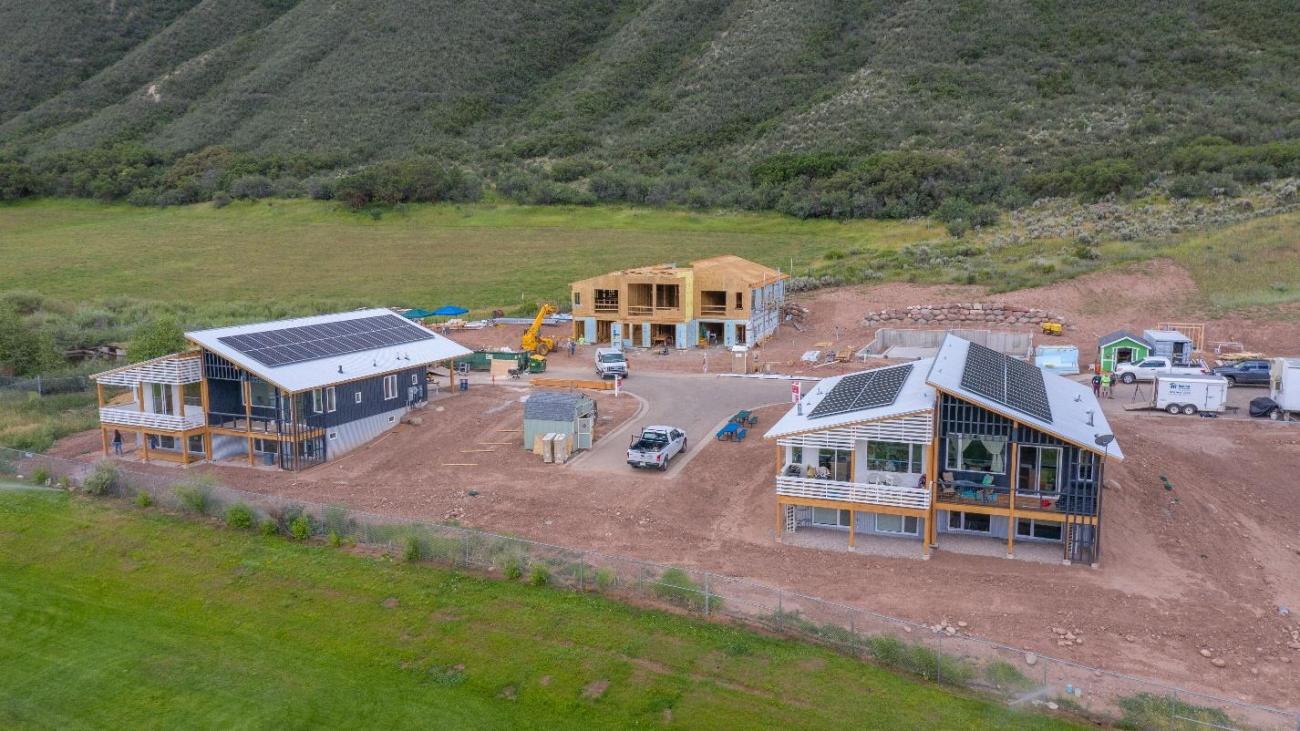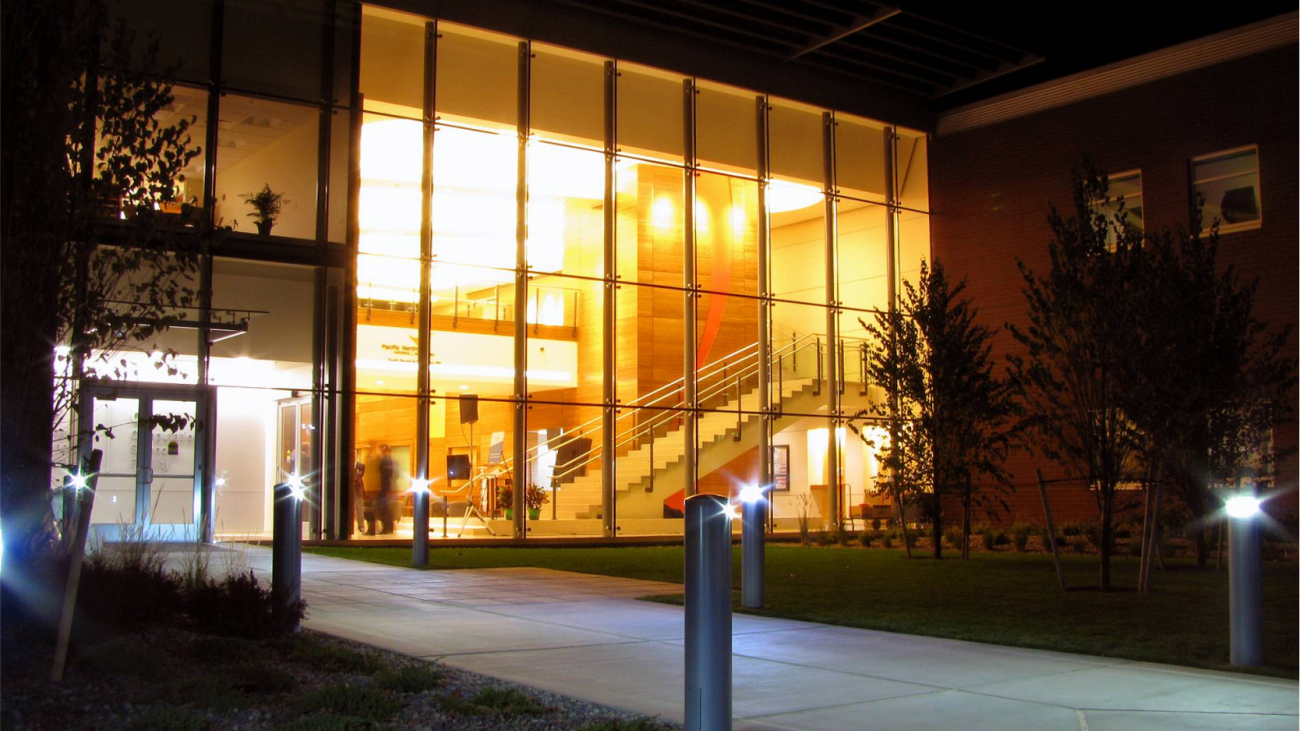Report
State and Local Building Policies and Programs for Energy Efficiency and Demand Flexibility
This report identifies DF considerations, provisions, incentives, and requirements in building policies and programs. State Energy Offices and other state and local authorities are driven by goals of ...
This report identifies DF considerations, provisions, incentives, and requirements in building policies and programs. State Energy Offices and other state and local authorities are driven by goals of saving energy, reducing costs, enhancing building stock, reducing greenhouse gas and other emissions, and supporting energy system reliability and resilience.
See Report
(1.51 MB)


